After Chandrayaan-3 mission success, ISRO eyes landing Indian astronaut on Moon by 2040
- Chandrayaan-3 mission done, ISRO says it will land the first Indian astronaut on Moon by 2040.
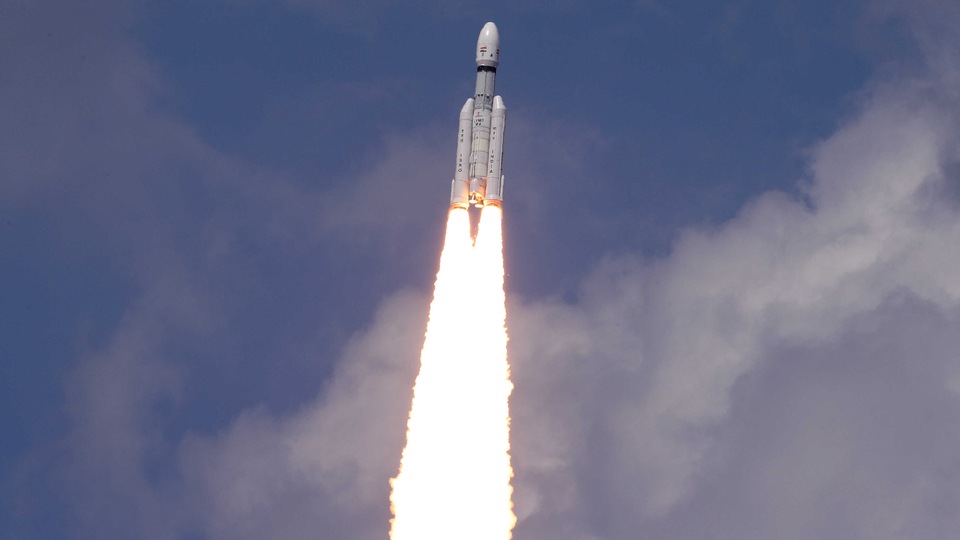
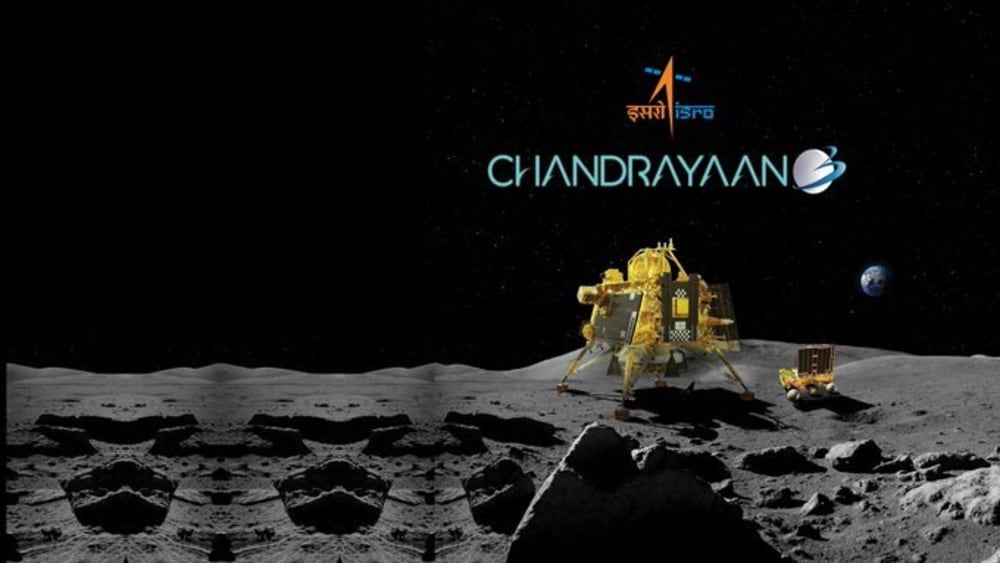
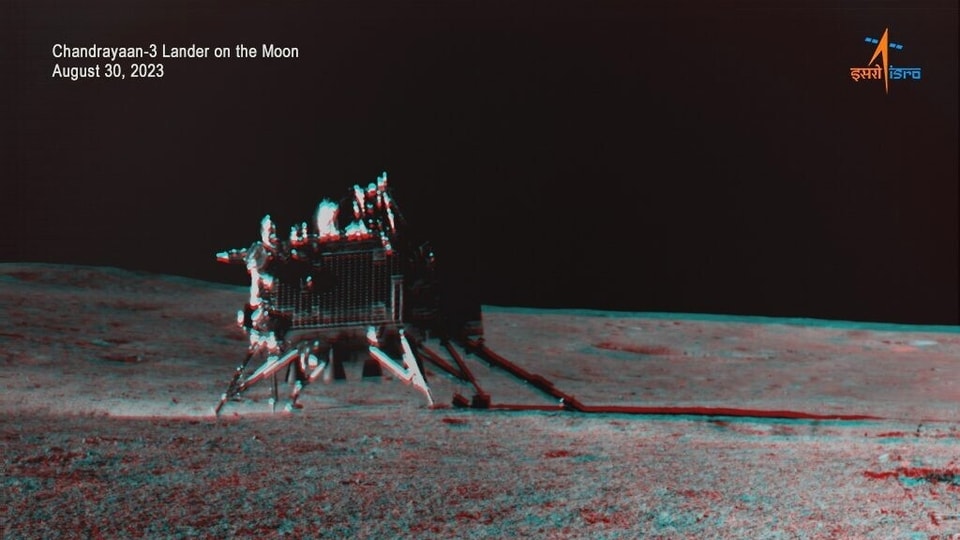
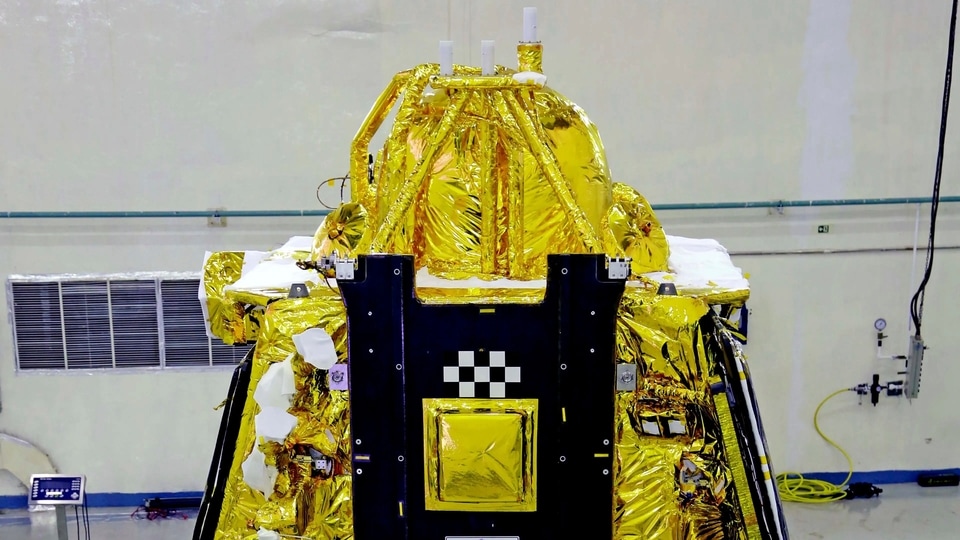
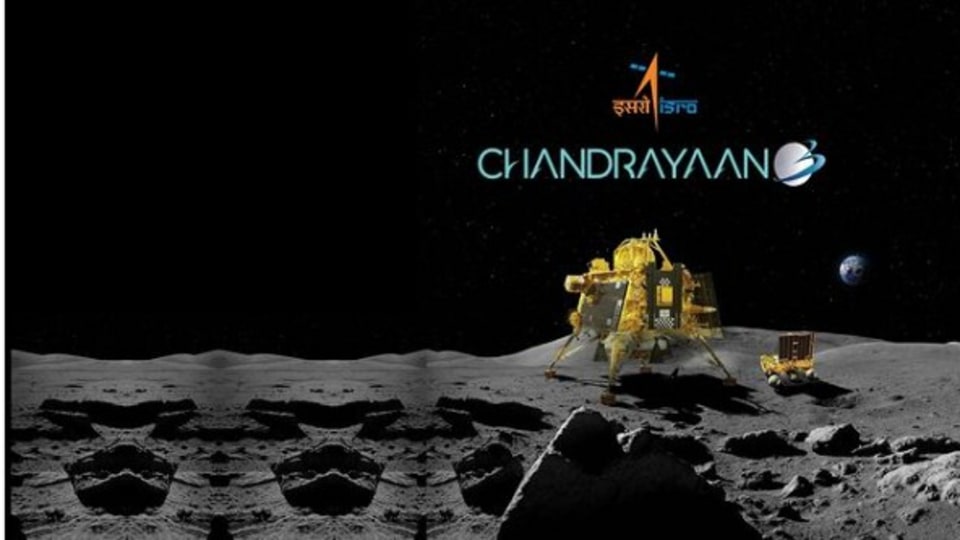

 View all Images
View all ImagesThe Indian Space Research Agency (ISRO) is all set to build on its success with the Chandrayaan-3 mission that landed the Vikram Lander on the moon along with a small vehicle called Pragyan Rover. The research findings by these instruments provided deeper insight into the makings of the Moon and set the scenario for future landings. The Chandrayaan-3 mission lasted for 14 earth days and led to discovering of aluminium, calcium, iron, chromium, titanium, sulphur, manganese, silicon, and oxygen in lunar soil. The place was in South Pole of the Moon now known as Shiv Shakti point.
However, ISRO is not simply thinking of sending another mission to the Moon in the form of Chandrayaan-4 mission, it has added one more objective - sending an Indian astronaut to the Moon by a certain date.
PTI reports that after the historic success of its Chandrayaan-3 mission, ISRO is going full throttle with its plans to send Indian astronauts for the first time to the Moon by 2040. This was revealed by ISRO Chairman S Somanath.
ISRO, which is based in Bengaluru, is currently working on the country's maiden manned mission, 'Gaganyaan', which aims to send astronauts into Low Earth Orbit and bring them back safely to earth.
Four pilots from the Indian Air Force who were selected for the mission are undergoing training at the Astronaut Training Facility in Bengaluru, the top scientist said.
Quoting the Manorama Yearbook 2024, PTI said the Secretary of Department of Space has said, “Looking ahead, ISRO aims to take the next step in space exploration with the Gaganyaan programme, planning to launch a crew of 2 to 3 Indian astronauts into Low Earth Orbit (LEO) for up to three days before safely returning them to a predefined site in Indian waters."
The inaugural manned mission involves developing critical technologies, including a human-rated (capable of safely transporting humans) launch vehicle (HLVM3), an Orbital Module comprising a Crew Module (CM) and Service Module (SM), and life support systems.
Two identical un-crewed missions (G1 & G2) besides Integrated Air Drop Test, Pad Abort Test, and Test Vehicle flights will precede the manned mission.
CM is a habitable space with an Earth-like environment in space for the crew and is designed for safe re-entry. Safety measures also include a Crew Escape System (CES) for emergencies, a statement issued by Malayala Manorama said.
The first development flight of Test Vehicle (TV-D1) was launched on October 21, 2023, and it successfully demonstrated in-flight abort of the Crew Escape System, followed by Crew Module separation and its safe recovery from the Bay of Bengal by the Indian Navy.
“The success of this test flight was crucial for subsequent unmanned missions and the ultimate human space mission, expected to be launched in 2025,” said Somanath, who is also Chairman of the Space Commission.
On the success of the Chandrayaan-3 mission, he termed it as a 'historic achievement', leading to the declaration of August 23 (landing near the lunar south pole) as ‘National Space Day in India' by the Prime Minister.
Other upcoming ISRO missions:
1. Small Satellite Launch Vehicle (SSLV)
2. Reusable Launch Vehicle (RLV) programme
3. X-ray astronomy mission XPOSAT (X-ray Polarimeter Satellite)
4. Space Docking Experiment, and LOX-Methane engine.
Somanath further said Prime Minister Narendra Modi has set ambitious goals such as commissioning ‘Bharatiya Antariksha Station' (Indian Space Station) by 2035, and embarking on interplanetary exploration, featuring a Venus Orbiter Mission and a Mars Lander, to further solidify India's presence on the global space stage.
Catch all the Latest Tech News, Mobile News, Laptop News, Gaming news, Wearables News , How To News, also keep up with us on Whatsapp channel,Twitter, Facebook, Google News, and Instagram. For our latest videos, subscribe to our YouTube channel.






























